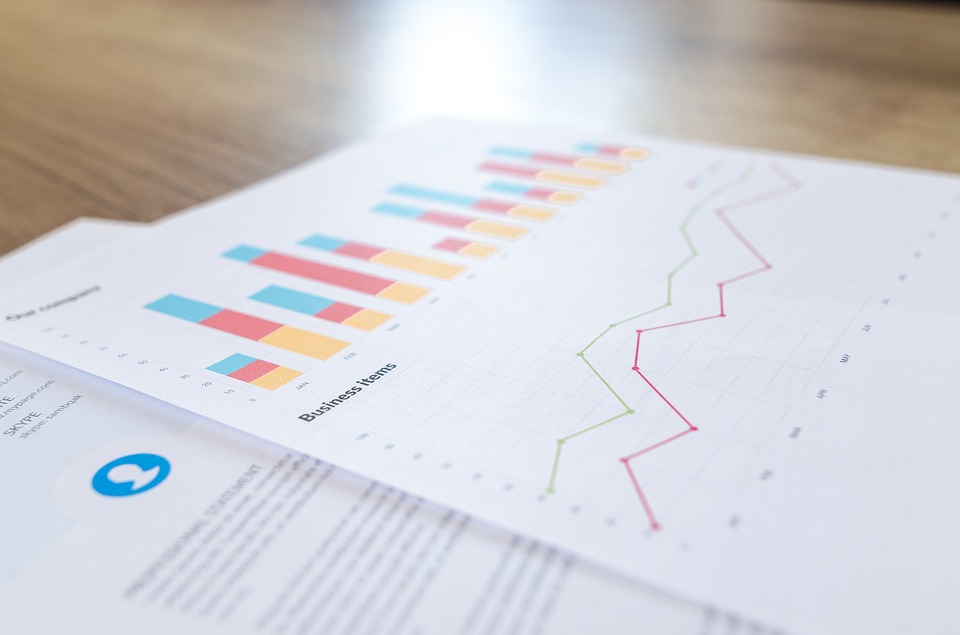All About Ethical Clothing

The stylish clothes we see seem glamorous but they are often created in the exact opposite conditions. In the quest to turn higher profits, a lot of companies outsource their operations to poor countries where the laborers endure unethical treatment. Their plight has been documented in various news reports and films. With the increased public awareness came the clamor for ethical clothing. Consumers want their money to go to brands that are not only stylish but also ethical. Purchasing power is increasingly being harnessed for the greater good. Businesses have responded by making sweeping changes to their operations. Ethical Clothing Accreditation It is easy to claim that your brand engages in ethical practices. However, consumers cannot really be certain that this is true. It might just be a marketing stunt designed to increase sales. In order to protect consumers, non-profit organizations have been formed to scrutinize the practices of industry players. Any company that wants to make the claim can go to these organizations and undergo a rigorous process of verification. The whole supply chain will be examined to ensure compliance. Those that are able to pass the test will be given the right to use the certification trademark on their product packaging and other promotional materials. Compliance Requirements One of the most vital requirements is for the workers to be paid appropriately. This will vary from country to country. Standards will be set to protect labor from grossly inhumane wages. Business will also need to comply with all of the existing legal entitlements of the workers. These may include health benefits, social security payments, and the like. The working conditions must also be safe for every employee. They should not be in any immediate danger due to the building’s structural integrity, nearby fire hazards, or harmful chemicals. Every step in the chain will be held to the same standard. All these call for close collaboration between the businesses and other concerned parties. Companies that deal with textile, clothing, and footwear are included. The compliance audits are generally conducted annually. Consumers who know about the industry’s problems and are determined to help can use their purchases to make a statement. Go for ethical clothing NZ brands to show just how much you care about this issue. After all, every dollar spent is a vote for what stays relevant. A strong push will make non-compliant companies think twice about their practices.
Importance Of Trade Application Tracking

When it comes trade application tracking, users can compare the shares of companies to take advantage of the stock with a lower ratio of P/BV. It should, however, be noted that the P/BV is important for industrial companies and financial institutions, and generally shows negligible importance for software companies and those in the service sector. In addition, a comparison of various issuers of shares by means of coefficients is appropriate only in one industry, comparing the same companies from different sectors of the economy. It is necessary to know the average value of the coefficients for the industry as a whole. Another formula, often used to compare the market value of the company, involves the P/S ratio, which reflects the ratio of market capitalization to the volume of its sales. Pairs trading, as in the case with the strategies of Buy and Hold, you can significantly reduce your overall portfolio risk by simultaneously opening positions for a lot of couples. In such a case, even if some couples do not justify the expectations of a return on their relations to the mean. Pairs transactions can be used by almost any investor, but at the same time keeping an eye on the huge number of possible pairs is very difficult. This problem is addressed by modern software systems that enable real-time calculation of all necessary parameters for an unlimited number of couples, as well as automatically paired transactions on a predetermined algorithm, which makes the strategy of pairs trading more profitable. A trading strategy is a framework for trading in securities or futures. A distinction can be made between manual and automatically executed strategies. The latter are also referred to as commercial mechanical systems. Manual trading systems consist of a few simple conditions and instructions that can be executed by hand. Mechanical trading systems can be very complex algorithms included and executed by a computer. Most commercial systems rely on either fundamental analysis or technical analysis and indicators to generate entry and exit signals. Trend-following trading approaches focus on existing price trends based on trade application tracking. Trend-following systems are used by successful traders. A pullback trading system waits for an opposite movement in an existing trend and then increases in trend direction. This approach assumes that the price movement cycles is included. There are, for example, seasonal fluctuations in the prices of raw materials, which affect trading decisions and overall market trends.
